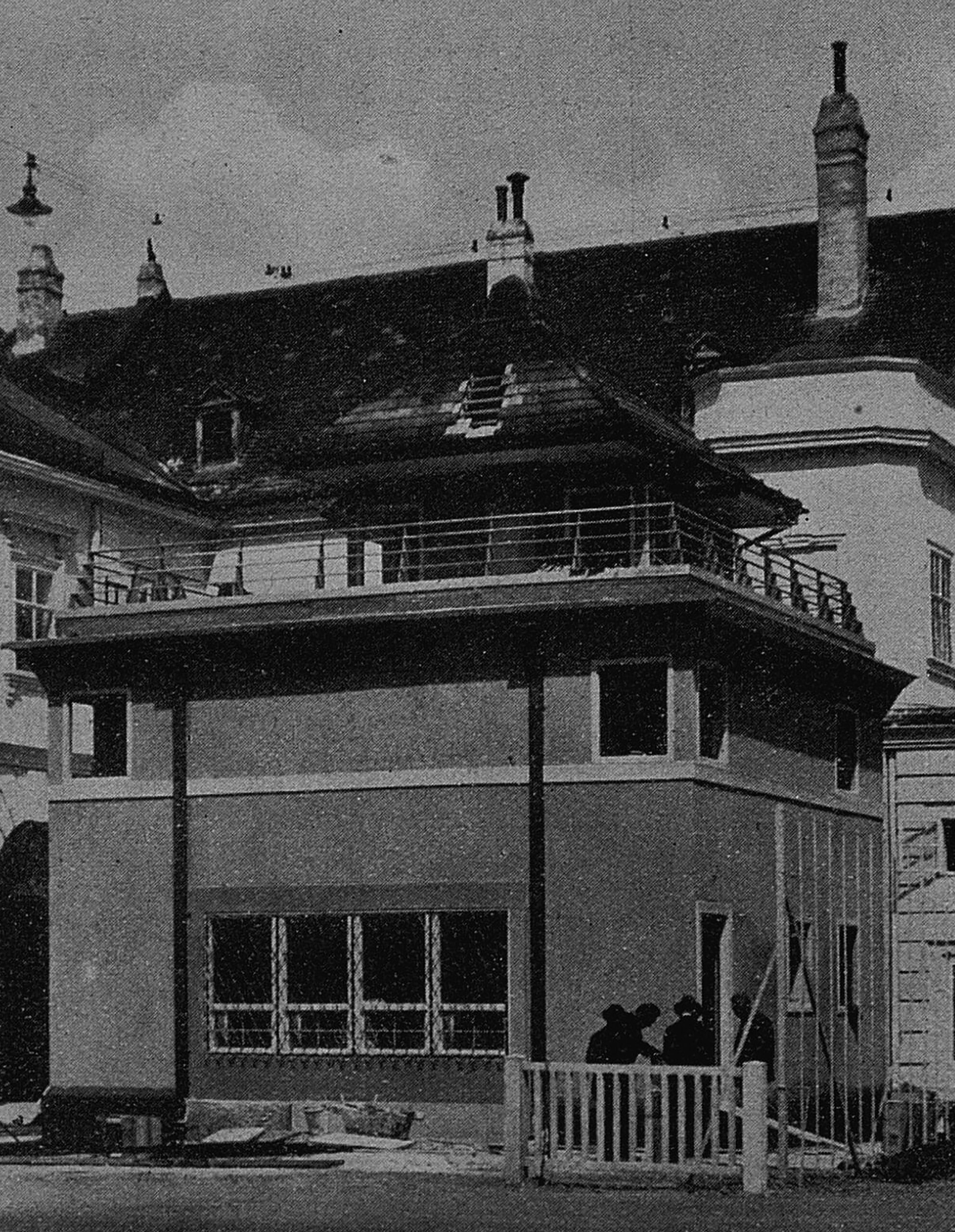In our thinking about the city and about city regulations, land-use and/or spatial planning, several independent lines of argument have emerged. One of them is the artistic-compositional stance, derived from the traditional central principle of architectonic creation, focusing on the production of an aesthetically pleasing functional-structural whole. This result has the character of an inclusive artefact, evaluated as an artwork. The second line is the scientific-analytical, focusing on the rational side of the examination and planning of cities. It combines spatial and urban planning, grounded on extensive data sources and thus on the possibility of scientific quantification. Third in the series is the line that looks neither to a rationally quantifying scientific basis nor to the realm of artistic creation, but to the area of history. It emerges from an attitude of respect and a conservative adherence to tradition, with its essential basis lying in the protection of heritage.The first two lines, in short the artistic and the scientific, set off in notably separate directions, differing in their trust in the possibility of an analytical-rational comprehension of the problem. The analytical-scientific line took its stance on quantitative research: e.g., in investigating urban processes through computer-simulation models, the planning of cities made its shift from the design of “physical structures regarded as artistic work” towards planning based on inductive science. The third possibility represents a kind of alternative. In reaction to the modernist refusal of the traditional city and the gradual destruction of its substance, it upholds the importance of memory, bringing to mind history, often quite specifically local narratives and tales.The currents of opinion that we have here attempted to articulate and define within contemporary urban practice have been, and still are, reflected not only in the urban plans and the discussions surrounding them. No less can we find their traces directly within the urban organism. In essence, plans are not the only area, despite their growing power, extent and complexity, where urban activities are formed.An essential impact on the transformation of the urban structure was also had by the mechanism of planning. In the first half of the previous century, the construction of the city was determined by regulatory plans. After 1948, these were replaced by more complex tools in the form of urban studies and land-use plans. …

This work is licensed under a Creative Commons Attribution 4.0 International License.











